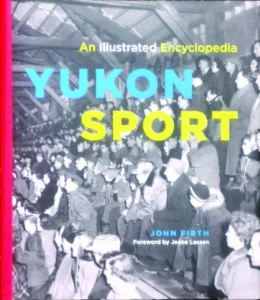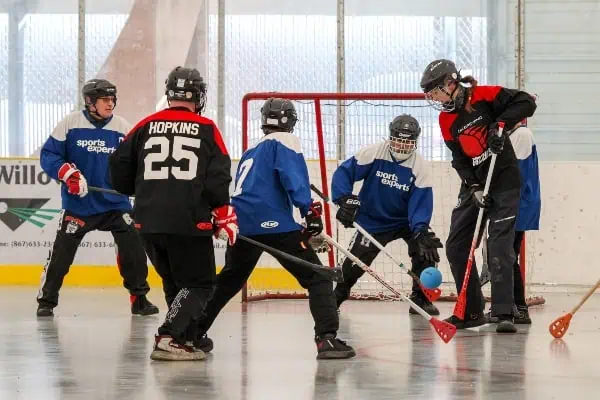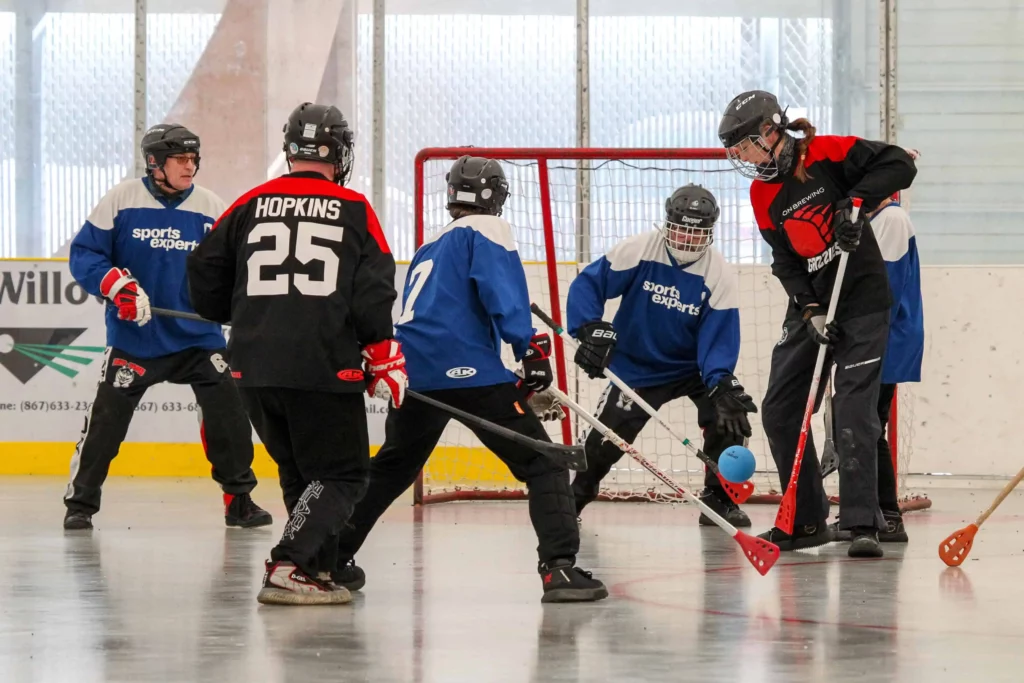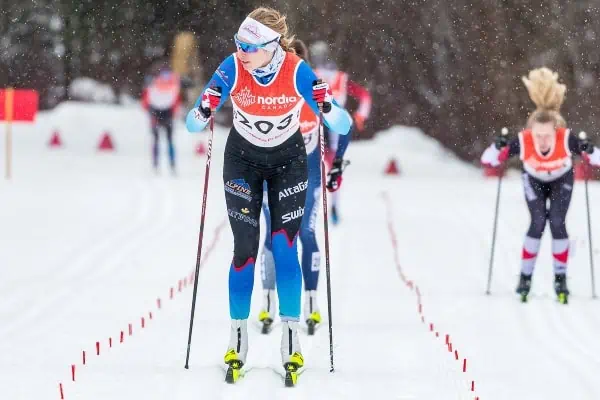
John Firth’s massive Yukon Sport: An Illustrated Encyclopedia, published in November 2014 by Sport Yukon, is a heavy book. It must weigh 14 pounds. If you’re brain isn’t strong enough to read all of it, mine wasn’t, you can throw out your old barbells and dumbbells and incorporate it into a new fitness program. Little kids could use it for curls and bench presses while simultaneously studying the comprehensive history of sports in the Yukon.
Since it’s an encyclopedia done alphabetically, there is no timeline or plotline, it starts at the beginning with Aboriginal Sport, which were called Arctic Sports when I covered them, and concludes with a 17-page Index of names, names, and more names — since it takes people to play sports.
In between, you’ll discover many things you didn’t know about Yukon sporting activities during the 117 years since the Klondike Gold Rush, including what is purported to be the first known sports photos in the Yukon’s history, a foot race down Front Street in Dawson in 1898 followed by a well-attended tuga-war with an SRO audience.
However, Firth claims the first actual sporting contest was a snow-shoveling event hosted by Jack McQuesten at Forty Mile in 1882, after which the loser had to stand on his head in front of the crowd.
It’s a good thing Firth has a sense of humour and uses it throughout, because this tome could have been drier than a popcorn belch. In the Introduction, while explaining his credentials to author such an undertaking, he claims to be “the only person I’m aware of who has ever skied under a moose.”
As a former sports editor dedicated to truth and accuracy, my only question is, “Photos, please?” This is obviously a coffee table publication, not to mention a primary reference source for every Yukon sportswriter from now to eternity.
I particularly enjoyed reading about the hoops Cal Miller and Ken McKinnon had to jump through in Alaska and the NWT to launch the Arctic Winter Games. The best chuckle was a toss-up between Chester Kelly and Howie Firth, who John doesn’t mention as a relative.
When Kelly was a 19-year-old Dawson boxer training under Art Fry, he got aggressive with Fry in a sparring session and tried to seriously box him. Fry was about 60 at the time and responded in kind. “He cleaned my clock,” Kelly recalled.
When Howie Firth was a young kid playing shinny around Whitehorse, the older guys used him as an ice tester saying, “Send the chubby Catholic kid out first.” If the ice held Howie, the game was on. Of course, he grew up to become one of the Yukon’s better athletes in both hockey and canoe racing, and still plays a lot of golf.
Perhaps the best way to read this book is backwards. Go to the Index first, look for names you know and go to the pages that explain what they did. That’s how I found out Lucy Steele was the first born-and-raised Yukoner to compete in the Olympics. There are also some weird entries, like underwater hockey and a 1901 two-day match, alternating sports, between the Dawson cricket club and an American baseball team. The Yanks prevailed and cricket croaked in the Klondike in 1904 while baseball thrived.
Firth also has one of the best summaries I’ve read of the 1905 Stanley Cup Challenge by the Dawson Nuggets against the Ottawa Silver Seven, which produced Stanley Cup records still not broken to this day. Records such as Frank McGee’s 14 goals in the second game, including eight consecutively, in a 23-2 blowout — also a record. McGee only had one eye and the Dawson goalie, Albert Forest, was only 18, still the youngest to ever play for the Stanley Cup,
The Toronto Telegraph said of the Nuggets, “Never has such a consignment of hockey junk come over the metals of the CPR. The visitors couldn’t shoot, couldn’t skate. Taking candies from a baby or robbing a bank would have been easier.” Joe Boyle, the dredge magnate who organized the whole thing, blamed the refs.
During the rest of their winter tour the Nuggets were 8-8-1 from Halifax to Pittsburgh to Brandon, Manitoba. So they weren’t dog meat, they just had a bad Stanley Cup, caused, some say, by hangovers from the cross-country train ride.
My hat is off to John Firth for researching and writing this very heavy book. Somebody had to do it, he did it extremely well and it will serve future generations of Yukoners for a long, long time.




